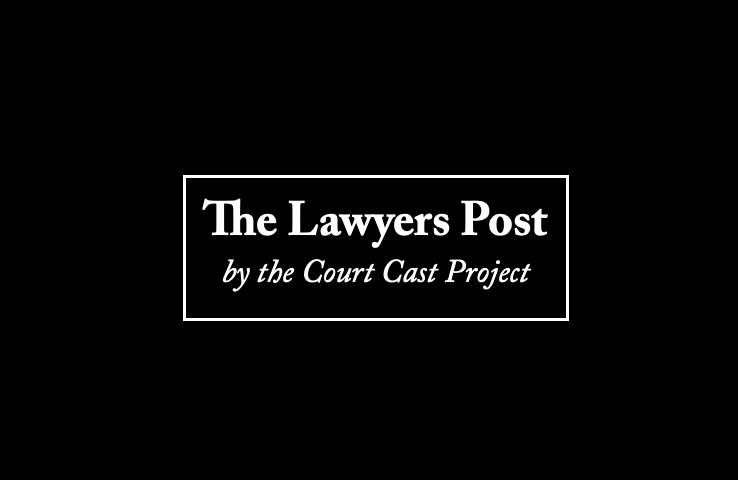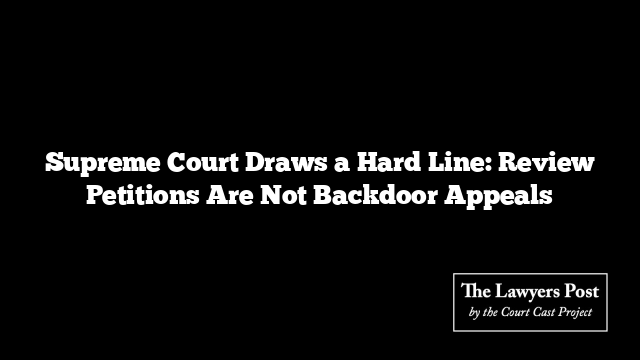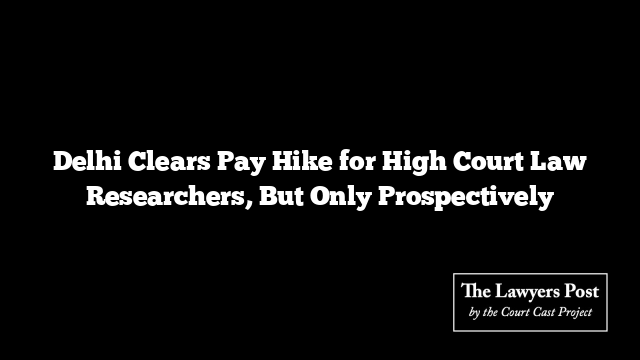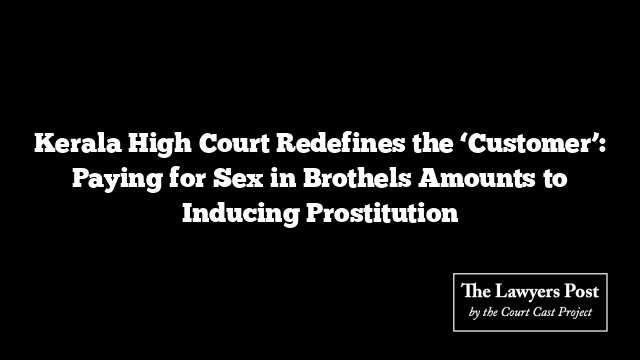The country’s highest court has once again reminded litigants—and judges—that review proceedings cannot be turned into a second round of appeals dressed in new clothes.
A Bench of Justices Ahsanuddin Amanullah and SVN Bhatti, ruling on September 8, underscored that Order 47 Rule 1 of the Civil Procedure Code offers a narrow window for correction, not a broad avenue to reargue entire cases.
“Review is not an appeal in disguise,” the Bench cautioned, stressing that only glaring mistakes or newly unearthed evidence can justify reopening a judgment. An erroneous decision, by itself, is not enough.
The judges listed three valid grounds for invoking review jurisdiction:
-
Discovery of vital evidence or facts that could not have been produced earlier despite due diligence.
-
An obvious mistake on the face of the record—something that can be spotted without elaborate reasoning.
-
Any other sufficient reason, but only if it mirrors the nature of the first two grounds.
The case before the Court stemmed from a long-running partition dispute. A son sued his father in 2000, excluding his sister from the proceedings. After an ex-parte decree, the father sold parts of the property and settled the rest in the daughter’s name. Years later, she sought recognition as a coparcener under the 2005 Hindu Succession Amendment.
The trial court said no, the High Court said yes, and then—on review—the same High Court reversed course and sent the matter back to the trial court. That back-and-forth finally landed before the Supreme Court.
The top court was blunt: the High Court, while entertaining the review, had gone far beyond permissible limits by reassessing evidence and overturning findings as though it were sitting in appeal.
Setting things straight, the Supreme Court restored the earlier order that upheld the daughter’s coparcenary rights under the 2005 amendment and directed the trial court to resolve pending applications within three months.
With this ruling, the Court has once more drawn sharp boundaries around review jurisdiction—meant for corrections, not do-overs.





